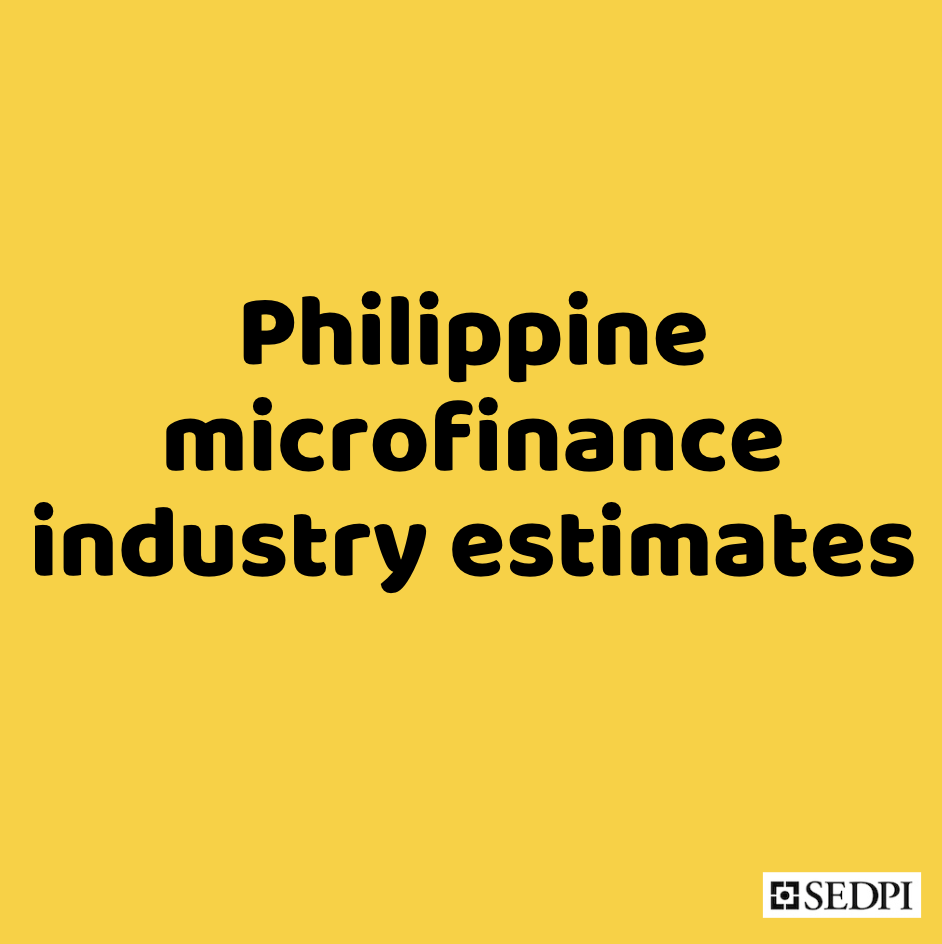Tag: philippines
-

Philippine microfinance industry estimates
The Bangko Sentral ng Pilipinas (BSP) defines microfinance as the provision of a broad range of financial services such as deposits, loans, payment services, money transfers and insurance products to the poor and low-income households, for their microenterprises and small businesses, to enable them to raise their income levels and improve their living standards.[1] It is…